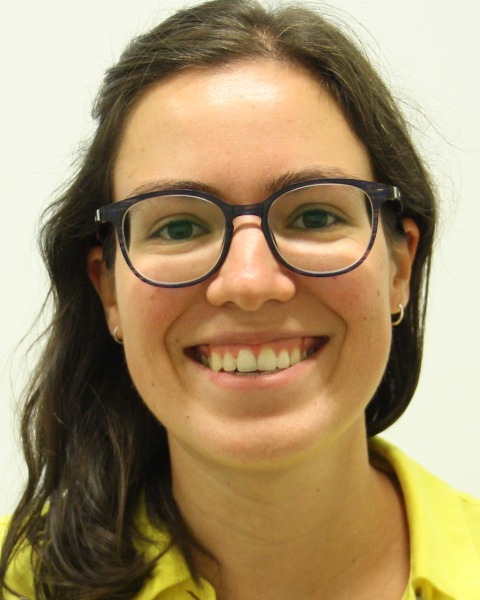2024 Posters
Edible Applications Technology
Modelling crystalline nanoplatelets in triglyceride systems: A new shape-dependent USAXS model

Ivana A. Penagos, MSc (she/her/hers)
PhD Student
Ghent University
Gent, Oost-Vlaanderen, Belgium
Fien De Witte, MA (she/her/hers)
PhD Student
Ghent University
Ghent, Oost-Vlaanderen, Belgium- TR
Tom Rimaux
Science & Technology Manager Plant Based Food Solutions
Vandemoortele, Belgium - WC
William Chèvremont
ESRF − The European Synchrotron

Koen Dewettinck (he/him/his)
Senior full professor
Ghent University
Gent, Oost-Vlaanderen, Belgium- FV
Filip Van Bockstaele (he/him/his)
Associate Professor
Ghent University
Gent, Belgium
Presenting Author(s)
Co-Author(s)
Co-Author(s)
Co-Author(s)
In the past decade, research has been dedicated to understanding the self-assembly of edible fat crystalline nanoplatelets (CNPs) and their role in forming macroscopic structures, vital for fat functionality. Microscopy studies on CNPs often require disruptive preparatory methods like deoiling and sonication for quantitative results. In contrast, X-ray scattering is a well-suited technique for concentrated and opaque samples like triglycerides, allowing the quantification of structures with minimal sample preparation. In particular, ultra-small-angle X-ray scattering (USAXS) is a well-suited technique for studying CNPs due to its length scale range (between 25nm and 3.49 μm). Peyronel et al. (2013) pioneered the use of USAXS for CNP analysis, employing the Unified Fit and Guinier-Porod models for non-linear regression analysis of USAXS data. Despite significant research efforts, little attention has been given to the morphological features of CNPs in the study of fat crystal networks, limiting their implementation in designing new fat systems. This poster introduces a novel approach for interpreting USAXS data, addressing the limitations of previous models by proposing a shape-dependent model. Unlike conventional curve-fitting methods, this model interprets data based on real-space assumptions, providing detailed information on CNP cross-sections, interactions, and aggregations. The CNPs are modeled as parallelepipeds, while the aggregates are characterized by fractal dimensionality. The new model offers novel insights into CNP growth and formation, useful for designing and developing innovative fat systems.

.jpg)